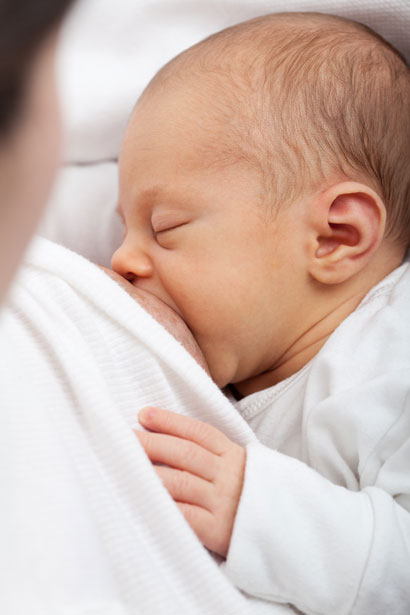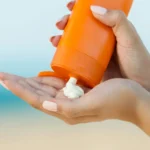 |
| Photo from nationalgeographic.com |
The monkeypox virus causes the rare disease monkeypox. It causes a rash as well as flu-like symptoms. It is categorized as an orthopoxvirus, just like the more well-known virus that causes smallpox.
Monkeypox was found in 1958 after two outbreaks of a pox-like disease in research groups of monkeys. Despite its name, the monkeypox virus is no longer transmitted by monkeys. Scientists aren’t sure, but it’s thought to be spread by small rodents and squirrels in Africa’s rainforests. Monkeypox virus is classified into two strains: Central African and West African. The Central African monkeypox virus causes more serious infections and is more likely to kill than the West African monkeypox virus.
Monkeypox is uncommon. However, the number of cases in Africa is increasing. Because smallpox and monkeypox are caused by identical viruses, those who were immunized against smallpox were also protected against monkeypox. Because smallpox is no longer a disease and individuals are no longer immunized against it, they lack immunity against monkeypox.
The Democratic Republic of the Congo has been the most affected by monkeypox. It is, nevertheless, present in other nations, including the United States. The first outbreak of monkeypox outside of Africa occurred in the United States in the spring of 2003. Texas received a consignment of sick animals from Ghana. The virus was carried by infected rodents to pet prairie dogs, who ultimately infected 47 people in the Midwest. A case of monkeypox was discovered in a U.S. resident who had traveled from Nigeria to the United States in the summer of 2021.
Monkeypox can affect anyone. It is, however, more frequent in children. In Africa, 90% of cases involved youngsters under the age of 15.
WHAT ARE THE SYMPTOMS OF MONKEYPOX?
- Fever.
- Chills.
- Headache.
- Muscle pain.
- Fatigue
- Lymph nodes that are swollen.
HOW DOES ONE CATCH MONKEYPOX?
HOW IS MONKEYPOX DIAGNOSED?
IS MONKEYPOX TREATABLE?
HOW CAN MONKEYPOX BE PREVENTED?
- Staying away from diseased animals (especially sick or dead animals).
- Avoiding contact with contaminated bedding and other objects.
- After coming into contact with an infected animal, wash your hands with soap and water.
- Cooking all items containing animal meat or components thoroughly.
- Avoiding contact with anyone who may have the illness.
- When caring for people infected with the virus, use personal protective equipment (PPE).





